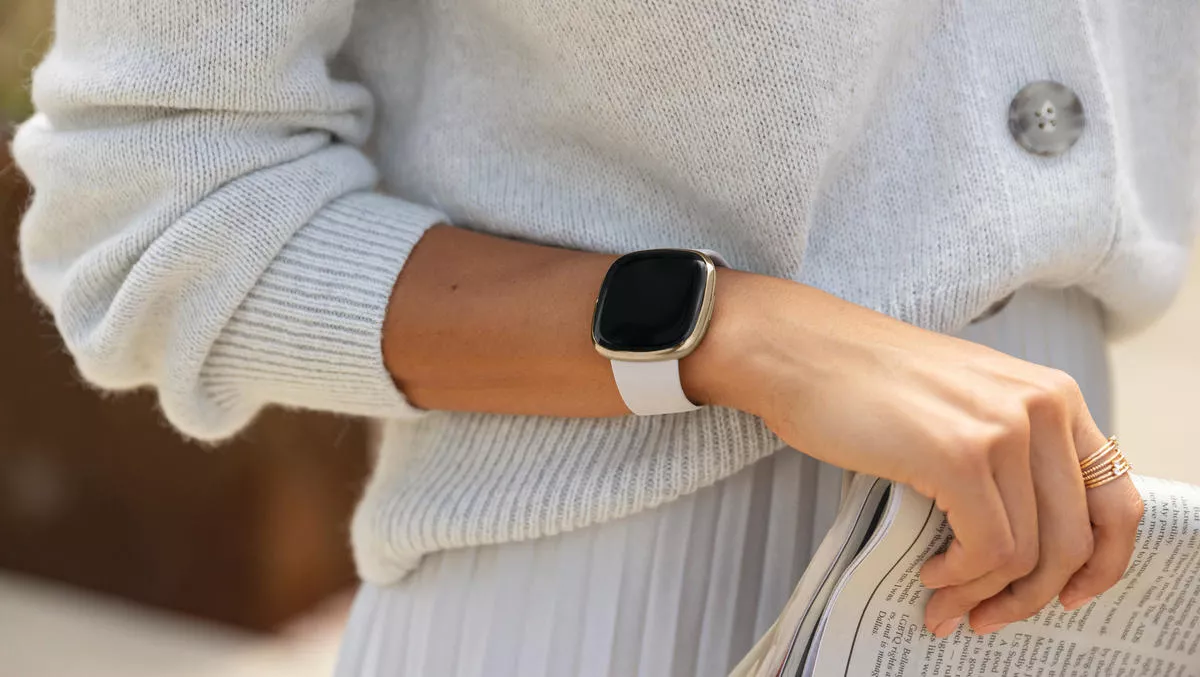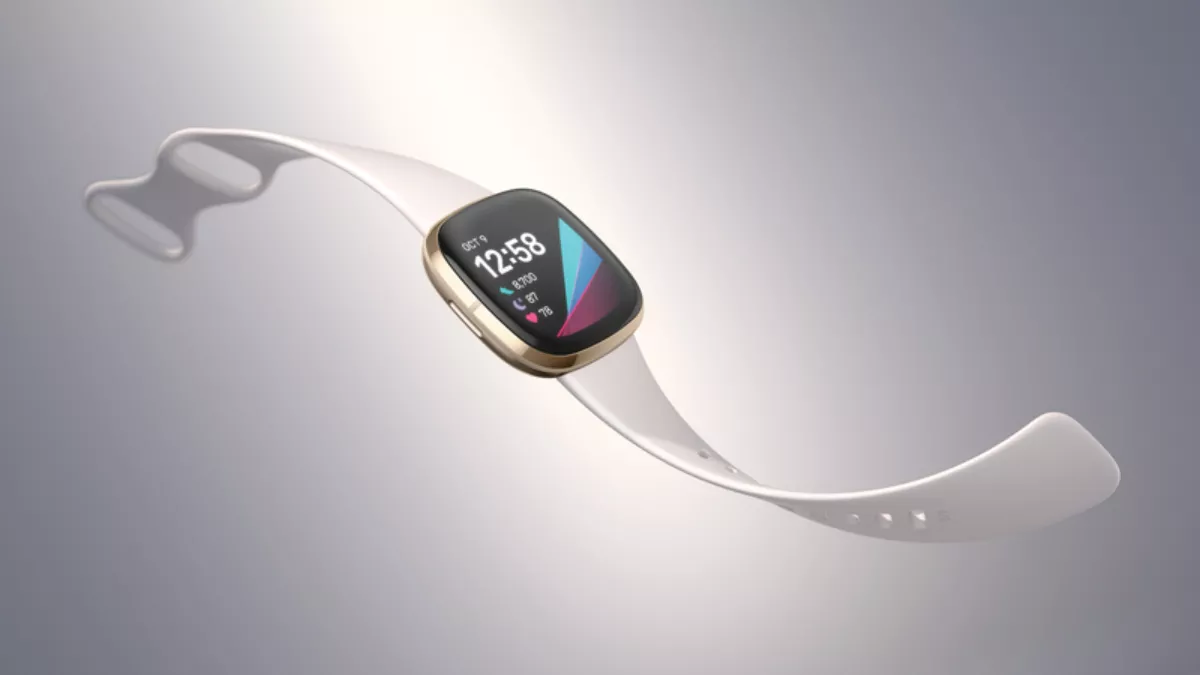
Hands-on review: Fitbit Sense
Fitbit has been dominating the fitness watch market for years now with products like the Versa, Iconic and Charge watches. This year, Fitbit surprised its fanbase with a brand new watch, the Fitbit Sense. Is it any better than the Versa 2 or 3? Is it worth the new, hefty price tag?
Design
Fitbit did a great job with the design of their new watches this year. If you are updating from a Versa 2, then the new design will feel very familiar but more luxurious. While the design is very similar, the build quality this year feels so much better. The stainless steel body feels more sturdy on the Fitbit Sense than it did on the Versa 2. It is so well built I would put it at Apple watch level.
The better build quality was not the only design improvement. Fitbit finally changed the way the bands attach to the watch. I will go on to talk about a lot of new features that were added to the Fitbit Sense; however, the band change is my favourite. While this might seem silly to some, but unless you have spent 20 minutes trying to change the band of your Versa 2, you will never understand. The new mechanism is simple and straightforward; Fitbit simply added a small release button for the bands. And when you want to attach a new band, you just "plug and go".
While the build and bands were a success, the third design change was a bad one for me. Fitbit replaced the physical button with an induction one that acts as a home button. This is similar to the induction buttons on the Charge series. While in theory, this is a good change, I did not really like it. The "button" is positioned more towards the bottom side of the watch; this made it difficult to access. It also means that the button got pressed accidentally if I moved my hand a certain way.
Battery, charging, and always-on display
The Versa's long battery life was always one of its main selling points. Compared to the Apple Watch, which needs to be charged every single day, Fitbit was already winning in this area. Fitbit claims up to six days of battery on the Sense. I do not think that is necessarily accurate. You could probably squeeze six days out of the watch, however, you can not really use all the features! With GPS off, I could get around four and a half days out of the Sense, which is still not bad considering the number of sensors that are constantly running on the device.
Fitbit introduced the always-on display this year. While this feature was very well received by the Apple watch users, I did not really like it on my Fitbit. On the Apple Watch, the battery was already bad. I had accepted the fact that every night the watch needed to be charged. The always-on display did not change anything. When it comes to the Fitbit however, the always-on display dropped the battery life from four and half days to barely two which to me was just not worth it.
Fitbit also finally changed the old "clip" charger brick to a magnetic one. This was also another change that seems minor but actually makes the experience more user friendly.
Health and fitness
Fitbit believes that the Sense is the best Fitness and health-focused smartwatch out there followed closely by the Versa 3. The Sense having the upper hand due to its EDA sensor, ECG monitor, Oxygen level sensor and skin temperature sensor.
When it comes to the EDA sensor and the stress tracking features, Fitbit does things a little differently. Other companies usually just focus on changes in heart rate while the Fitbit Sense uses sweat data from its new EDA sensor to determine a user's stress levels. I think this feature is still too new and needs more development. To test the EDA levels you have to place your palm on the watch for two minutes. Those two minutes force you to slow down and breathe. You can also enter how you are feeling afterwards, and the Fitbit app offers meditation sessions. While I did use this the first couple of days, I kind of just forgot about it after a week.
The other really big feature I was excited for was the option to check my oxygen levels. As someone who has asthma and occasionally their O2 levels drop, this seemed like a great way to keep track of it. I was disappointed to learn that there is no way for me to do that on command. Instead, I had to download and select the specific SpO2 watch face before I went to sleep. And then I would get the report in the morning. It was really hard for me to remember to switch to that face before bed every single night. I considered keeping the SpO2 as the main face but that was not what I needed from my Fitbit during the day.
The rest of the features work exactly as expected, flawlessly.
Verdict
The Fitbit Sense is definitely a step in the right direction. It shows that Fitbit is up with the times and are pushing the boundaries. It is a great product for anyone that really cares about those extra sensors. However, for me, I am not sure it is the product I would choose out of this year's line up.



